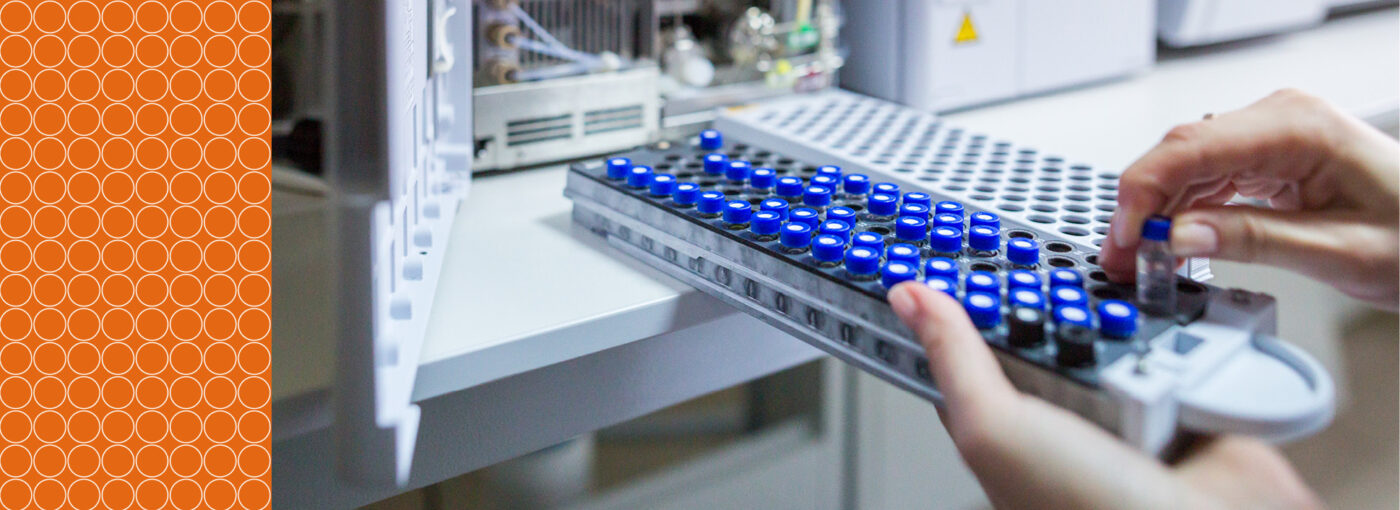
Recent news in Food & Feed Analysis
- Home
- /
- Exploring methods for multi-mycotoxin...
Exploring methods for multi-mycotoxin analysis

The presence of mycotoxins in food and feed poses a significant health risk, necessitating the need for accurate and reliable testing methods. Laboratories have several options for analysing multi-mycotoxins, each with its own advantages and limitations. The choice of method typically depends on factors such as sensitivity, selectivity, and cost. This article explores the move towards multi-mycotoxin and the rationale behind laboratory preferences based on their specific operational requirements.
In many cases, the decision on the most appropriate method and equipment to use depends on the commodities being tested, the mycotoxins present and the legislative requirements in place. For example, spices are commonly tested for aflatoxins and ochratoxin A as legislation is only in place for these two mycotoxins. In addition, levels of aflatoxins and ochratoxin A in spices are generally low and legislative levels have more recently been reduced making it necessary for these labs to use methods which offer optimum sensitivity. Spices are also extremely complex commodities which require good clean up prior to analysis. For these reasons, many laboratories prefer to use HPLC with fluorescent detection for aflatoxin and ochratoxin A analysis rather than LC-MS/MS. Ochratoxins naturally fluoresce, and aflatoxins can be derivatised to enhance fluorescence improving sensitivity and favouring HPLC with fluorescent detection over LC-MS/MS. Multi-immunoaffinity columns (IACs) are often used with HPLC with fluorescence for aflatoxins and ochratoxin A in spices to further improve sensitivity. In addition, both toxins can be analysed simultaneously by HPLC with fluorescent detection in a single run saving time, solvents and consumables.
For other laboratories SPE columns are a popular choice due to the balance of cost, simplicity, and effectiveness. SPE columns are generally more affordable when used in conjunction with HPLC or LC-MS/MS for simple commodities like cereal and for those commodities containing mycotoxins with higher legislative limits. The lower cost makes SPE columns a practical choice for routine screening, especially in high-throughput labs. SPE columns are straightforward to use and do not require extensive training or specialised equipment. This simplicity translates to faster processing times and increased throughput. SPE is particularly effective for screening cereals and feed, where moderate sensitivity and selectivity are often sufficient. They serve as an excellent preliminary test to identify samples that may require further analysis or confirmation.
For commodities containing a wider range of legislated mycotoxins, Liquid Chromatography-Mass Spectrometry (LC-MS) combines the separation capabilities of liquid chromatography with the detection power of mass spectrometry, providing unparalleled sensitivity and selectivity. This method is ideal for detecting low levels of mycotoxins in complex matrices but comes with a significant financial investment. In addition, some form of clean-up is usually recommended, ranging from the use of basic QuEChERS salts and SPE column clean-up to more specific immunoaffinity columns.
For more complex commodities such as infant food and situations requiring higher sensitivity, IACs offer distinct advantages. IACs use specific antibodies that bind to target mycotoxins, providing superior clean-up compared to SPE. This results in lower background interference and more accurate quantification. The high specificity of antibodies in IACs allows for the concentration of analytes, enhancing the sensitivity of the method. This makes IACs ideal for detecting low levels of mycotoxins in complex matrices such as spices, nuts, and dried fruits. In scenarios where sample matrices are more complex or where regulatory limits for mycotoxins are very low, IACs are often the method of choice. The improved clean-up and sensitivity ensure compliance with rigorous safety standards.
Selecting the appropriate method for multi-mycotoxin analysis depends on various factors including the specific requirements of sensitivity, selectivity, and cost. While SPE offers a cost-effective, easy-to-use solution suitable for routine screening of cereals and feed, IACs provide the higher sensitivity and specificity needed for more complex matrices and strict regulatory standards. By understanding the strengths and limitations of each method, laboratories can make informed decisions that best meet their analytical needs and resource constraints.
Additionally, integrating these columns with automation can further enhance efficiency and reproducibility in mycotoxin analysis. We also offer comprehensive application notes to help you optimise your testing protocols.
For more detailed information on the latest advancements in mycotoxin analysis and how to enhance your testing capabilities, contact us today.
